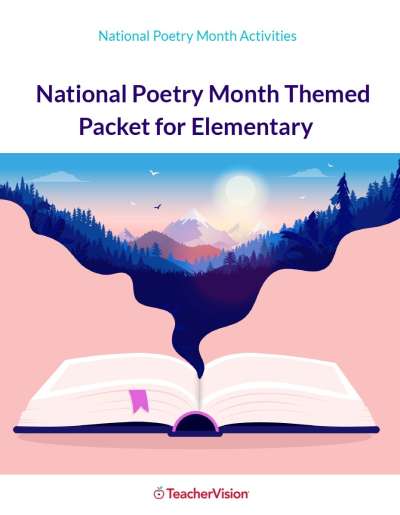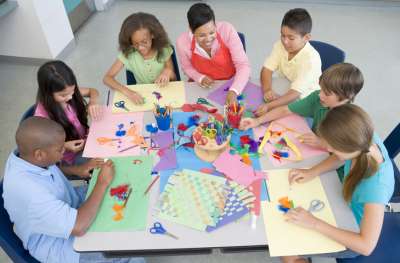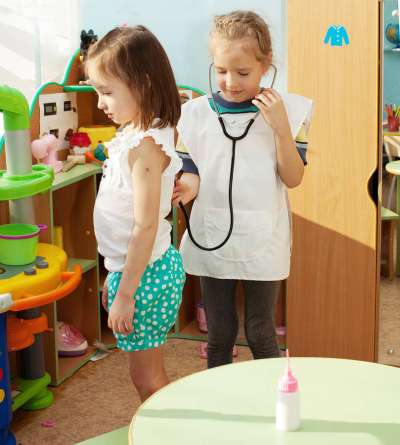Setting up a classroom is a daunting challenge - make the most of it with these suggestions
Too much stuff, too many students, not enough space - the challenges of setting up a classroom are many. Here are some useful suggestions on the physical aspects and considerations of setting up the perfect classroom environment.Looking for additional tips on setting (or resetting) your classroom? We have hundreds of them in our classroom management center.
Page 1 of 2
Creating an Effective Physical Classroom Environment
Every teacher knows that a safe, clean, comfortable and attractive classroom can stimulate learning and help build a classroom community. But for many teachers, setting up the physical environment of their classrooms can be quite daunting, especially when faced with older buildings, crowded classrooms and insufficient storage space. You can make the most of your classroom environment by carefully considering your needs and the needs of your students.Survey Your Classroom: Looking at the Basics
The first things to consider when organizing your classroom are cleanliness, light and temperature.
The Floor Plan: Assessing Your Needs
Once you have checked the basic elements in your classroom, think about your floor plan. It should maximize classroom space and reflect your individual teaching style.
Your floor plan will also depend on the grade you are teaching. For the lower grades, your classroom setup may include many different learning areas, such as a reading area, an art center and a technology center. The placement of these areas will depend upon the layout of your classroom. However, when setting up these areas, you will want to keep the following points in mind:
- Room dividers should be low so that all areas are visible to you.
- Areas that invite group work should not be next to quiet areas where students read or study independently.
- Art or other messy areas are best located near a sink.
- You should always be able to make eye contact with all students.
Many of these guidelines hold true for the middle and upper grades, too. However, older students often spend more time seated in one area. Take your teaching style and lesson plans into consideration as you consider the different types of seating arrangements you might employ.













